Sales
08:00~24:00

(1) The output has reached a historically high level. From January to June 2013, the country’s cumulative production of crude steel was 390 million tons, a year-on-year increase of 7.4%, and the growth rate was 5.6 percentage points higher than the same period in 2012. In the first six months, the average daily crude steel output was 2.154 million tons, equivalent to an annual crude steel output of 786 million tons. Among them, February reached a historical high of 2.208 million tons. Although it dropped from March to June, it remained at a relatively high level of more than 2.1 million tons. In terms of provinces and regions, from January to June, the crude steel output of Hebei and Jiangsu increased by 6.8% and 13.2% respectively year-on-year. The combined output of the two provinces accounted for 42.4% of the national increase of 26.94 million tons. In addition, Shanxi, Liaoning, Provinces such as Henan and Yunnan have also increased production by more than 1 million tons. In terms of enterprise types, from January to June, the crude steel output of key large and medium-sized iron and steel enterprises increased by 5.5% year-on-year, 2 percentage points lower than the national average increase, but 60% of the increase in production still came from key large and medium-sized iron and steel enterprises.
(2) Steel prices are running low. From January to June 2013, the overall performance of the domestic steel market was sluggish. With the large release of crude steel production capacity, market supply and demand have fallen into a state of imbalance, and steel prices have entered a downward channel and have been weakly down for more than four months. As of July 26, 2013, the steel price index fell to 100.48 points, which was lower than 6.6 points at the beginning of the year. The prices of the eight steel products under the key statistics of the Iron and Steel Association have declined to varying degrees from the beginning of the year, with an average drop of 5.7%. In terms of varieties, the prices of construction wire rod and rebar, which account for a large proportion of my country's steel output, fell by 4.9% and 6.7%, respectively, and the prices of plate and hot-rolled coil fell by 5.7% and 9.7%, respectively.
(3) Steel exports have grown rapidly. The imbalance between supply and demand in the domestic steel market stimulates corporate exports. From January to June, my country exported 30.69 million tons of steel, an increase of 12.6% year-on-year; imported steel was 6.83 million tons, a decrease of 1.8%, and imported steel billets and ingots were 320,000 tons, an increase of 50%. Converting billets to crude steel, the cumulative net export was 25.06 million tons, an increase of 17.3% year-on-year, accounting for 6.4% of my country's crude steel output. In terms of export prices, the average export price of bars and wires from January to June was US$624.3/ton, a year-on-year decrease of 18%; and the average price of plates was US$835.2/ton, a year-on-year decrease of 2.8%.
(4) Steel mills and social inventories are running at a high level. The contradiction between market supply and demand spread to the circulation field, and domestic steel stocks continued to grow at the end of the previous year. On March 15, it reached a historical high of 22.52 million tons, an increase of 3.51 million tons from the high point of the previous year. Among them, the stock of construction steel was 14.32 million tons, accounting for 63.6% of the total inventory. After that, with the increase in seasonal consumption, the inventory gradually fell, falling to 15.4 million tons on July 26. The oversupply in the market also pushed up steel mill inventories. In mid-March, the steel inventory of key enterprises reached a historical record, reaching 14.51 million tons, an increase of 29.7% year-on-year. In late June, it fell to 12.68 million tons, still an increase of 29.9% over the beginning of 2012. Year-on-year growth of 11.4%.
(5) The profitability of steel mills has declined month by month. In the first half of 2013, the metallurgical industry achieved a profit of 73.69 billion yuan, a year-on-year increase of 13.7%, of which the ferrous metal smelting and rolling processing industry achieved a profit of 45.44 billion yuan, a year-on-year increase of 22.7%. From January to May, the profitability of key large and medium-sized iron and steel enterprises was far below the overall level of the industry, and showed a monthly decline. Although the profit increased by 34%, it was only 2.8 billion yuan, and the sales profit rate was 0.19%. In the month of May, 86 key large and medium-sized iron and steel enterprises only realized profits of 150 million yuan, which was a decline for five consecutive months. Among them, 34 made losses, with losses as high as 40%.
(6) The growth rate of investment in fixed assets in the iron and steel industry has dropped significantly. From January to June 2013, the investment in fixed assets in the iron and steel industry was 303.5 billion yuan, a year-on-year increase of 4.3%, of which the investment in ferrous metal smelting and rolling was 235.6 billion yuan, a year-on-year increase of 3.3%, a decrease of 6.1 percentage points from the same period in 2012; The selected investment was 67.9 billion yuan, an increase of 7.8% year-on-year, and the growth rate dropped sharply by 15 percentage points.
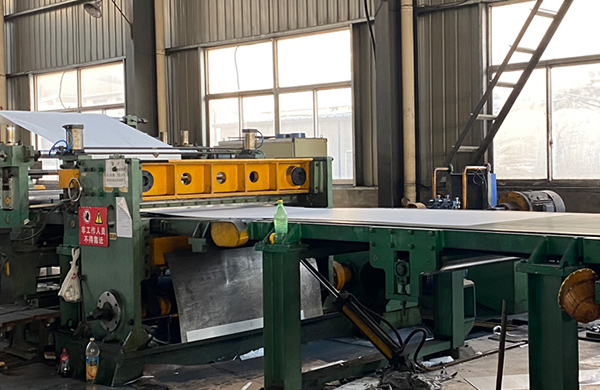
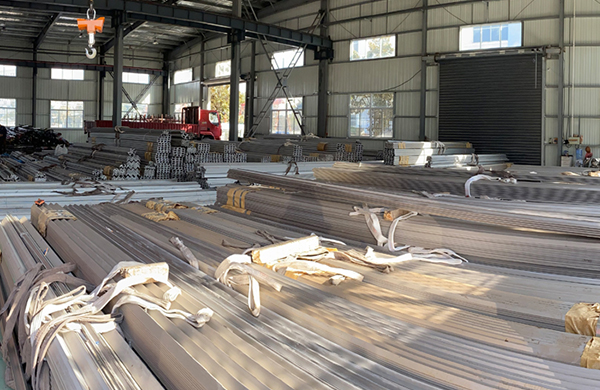
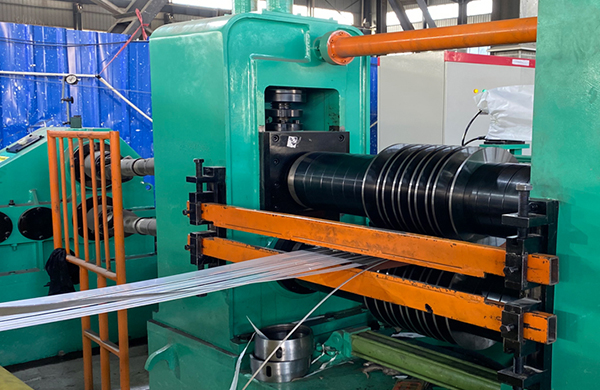
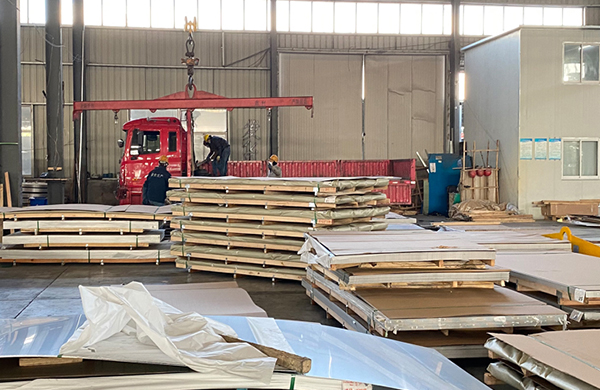
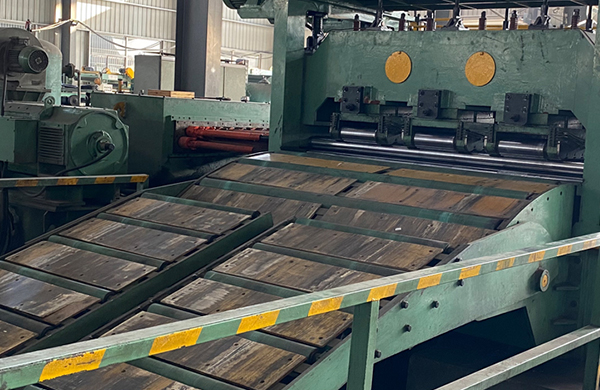
Scan To Wechat
